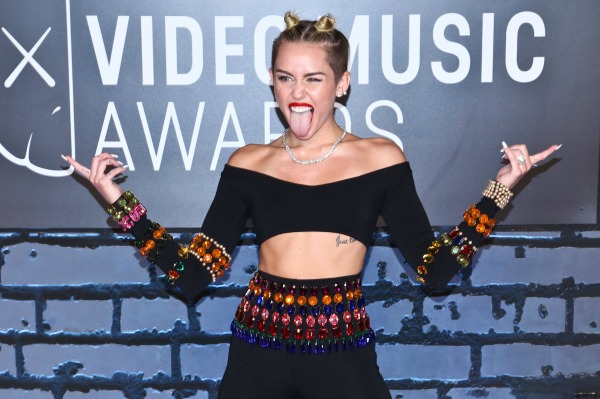Spoiler
alert: this post is about the third book in the Hunger Games series, Mockingjay. It took me three years to
read the final book so if it’s taking you even longer, cheers, and see you next
time.
When
this book came out in 2010, I’d just had major back surgery and was just
generally in the worst mood ever for an entire year, so my best friend told me
not to read the book yet. I understand the advice—this isn’t exactly a
raise-your-spirits type of read. Except maybe the worst year of my life would actually
have been the perfect time. Because in the end, this final chapter in the
series is really all about how life will be
terrible sometimes...but you can still come out the other side.
What
impresses me most about this book is the author’s bravery—where many authors
shy away from pulling the trigger, she kills off loads of beloved characters—in
heartbreaking ways. And she doesn’t use future science to genetically engineer
any deus ex machina clones, either.
As a matter of fact, Collins doesn’t even avail herself of the magic-like
science she’d already invented with mutts and magic dresses to heal her hero.
Katniss is literally on fire in this book, and she comes out the other side
with the scars to prove it. Just like real life. And let’s have a moment of
silence for poor Peeta’s eyebrows. I’m betting that detail won’t survive the
Hollywood treatment, though, and they’ll make an appearance on the big screen
at the end of the fourth film.
Of
course, given the extraordinary popularity of the series, Collins had the
license so many other writers could only dream of. She could have sent Katniss
and Peeta to district 11 to become yam farmers. The central conflict of the
third book could have been a protracted debate over how much fertilizer to use,
and the book would still have sold many millions of copies.
But
even given the extreme amount of freedom she had, it seems to me it still takes
guts to take a character like Katniss down such an unrelentingly dark road. The
moment when Katniss casts her vote for a new hunger games is at once
heartbreaking and all too believable.
The ending is bittersweet—I can’t imagine anyone would call it happily ever after. And thank goodness for that. We need stories in which there is no magical fix, decisions have devastating consequences, and not everyone makes it through—just like life.
 |
| Yikes!Who would actually want a victory tour? |
And as much as I’ve enjoyed the first two film versions of these stories, there’s a strange cognitive dissonance that accompanies the clueless marketing. I’ve already railed about the inappropriateness of the Capitol Collection makeup line from Cover Girl. And just the other day I heard an ad for Subway: “Where Victors eat!” Once they’re done murdering other children to survive, and in between being loaned out by President Snow, presumably.
Not
only did these advertising folks not read the books—it seems they didn’t read
the book jackets. If they ever do,
boy are they in for a shock, because Collins didn’t just dress the Girl on Fire
in a flame-retardant gown—she literally set the poor girl on fire.






